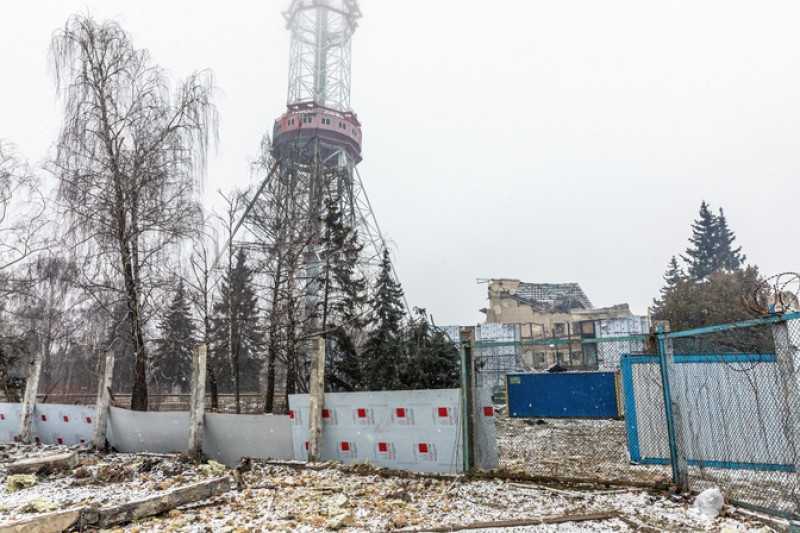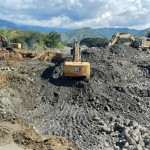The United Nations High Commissioner for Human Rights announced on Tuesday that the war in Ukraine has left at “least 8,006 civilians dead and 13,287 injured over the past 12 months,” out of which more than 60 percent were men, nearly 40 percent women and more than 480 children.
Over 90 percent of casualties were caused by “explosive weapons with wide area effects, including artillery shells, cruise and ballistic missiles, and air strikes,” according to the U.N. Agency.
At the same time, Reporters Without Borders (RSF) – an international non-profit and non-governmental organization that protects the right to information – in cooperation with Ukraine’s Institute of Mass Information (IMI), presented a report according to which at least eight journalists were killed and 19 injured in Ukraine during the first six months of the war. Nearly 12,000 international and local journalists have been accredited to cover the conflict.
The report emphasized that the journalists were killed “outright or fatally wounded by gunfire or artillery fire.”
According to another NGO that promotes press freedom and defends the rights of journalists, the New York-based Committee to Protect Journalists (CPJ), 15 journalists and media workers were killed in Ukraine in 2022.
While some journalists were slain in military strikes, such as French journalist Frédéric Leclerc-Imhoff, who was in a vehicle targeted by Russian forces, others, such as Ukrainian photojournalist and fixer Maks Levin, were executed in cold blood, the RSF/IMI report said.
The report also mentions Mantas Kvedaravicius, a Lithuanian documentary filmmaker who was found dead in Mariupol, the circumstances of his death unexplained.
At least 26 of the 50 journalists who came under rifle or artillery fire were deliberately targeted as journalists, according to the report.
Some of them, like the Danish journalists Stefan Weichert and Emil Filtenborg Mikkelsen, were reportedly targeted by an unidentified sniper in the northeast of the country.
Apart from firing at journalists, Russian troops have been attempting to damage Ukrainian media infrastructure, with 16 TV towers targeted by air attacks, many of which occurred during the invasion’s early days.
“As well as TV towers, the Russian armed forces have often targeted repeater antennas and every other kind of infrastructure used for the transmission of communications,” read the report.
It further claimed that the Russian troops had taken control of all Internet and mobile phone providers in the occupied territories, denying residents access to news and information.
In addition to armed forces, the regime in Moscow has been waging the information war, “using cyber-attacks, hacks, social media threats, and attacks against media pages on social media,” with at least “42 cyber-crimes registered in the past year.”
RSF has filed seven war crimes complaints with the International Criminal Court and the Ukrainian prosecutor-general for a total of 44 acts of violence and abuses involving more than 100 journalists and 11 radio and TV towers in Ukraine.”



